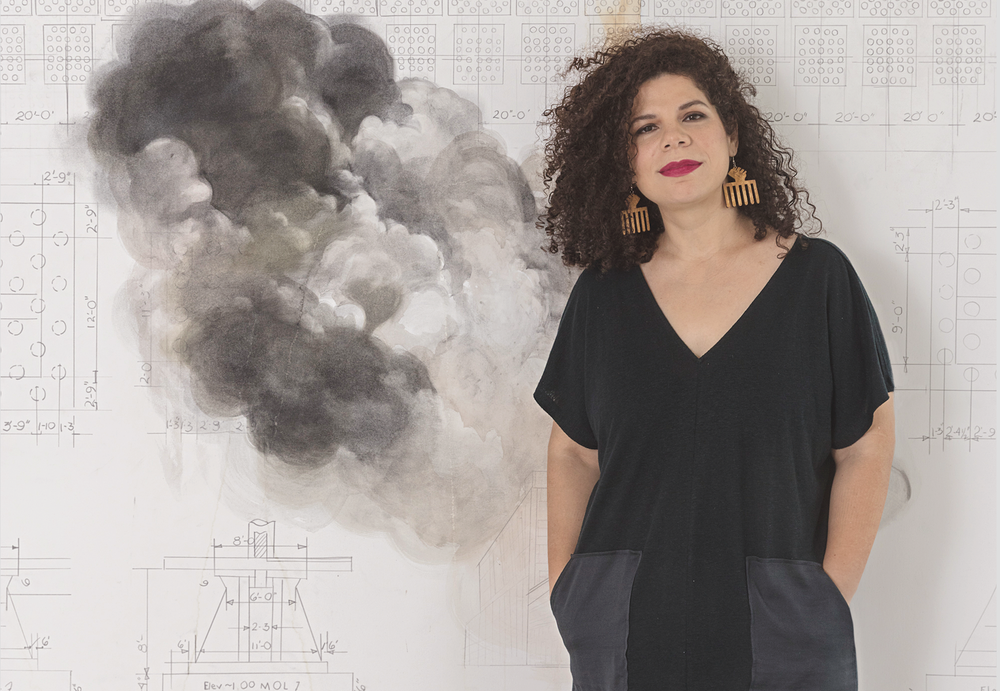Firelei Báez. Subaltern Histories
Firelei Báez was raised in Dajabón, a city in the Dominican Republic on the border with Haiti, where from a young age she witnessed the stark differences between the two countries. The lush Dominican landscape contrasted with the dried, deforested land across the Dajabón River, which serves as the border.1 For Báez—whose mother is Dominican and father is of Haitian decent—Haiti “remained a mystery,”2 despite her geographical and ancestral proximity. She often looks to the landscape and architecture—the histories and mythologies embedded with them—to explore her own diasporic narrative. As a kind of metaphor for the body, the landscape is a fluid site of memory and possibility.
